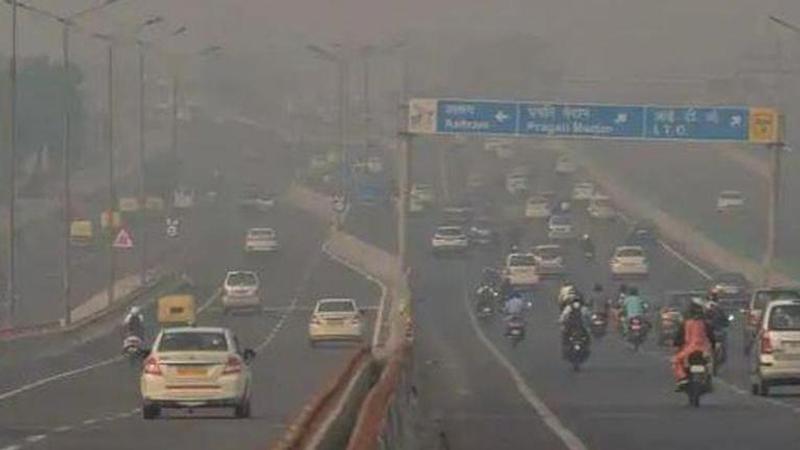Published 17:01 IST, December 28th 2020
Mean speed on Delhi roads dropped from 46 to 29 kmph after lockdown as congestion returned: CSE
The mean travel speed on some Delhi stretches dipped from 46 kmph during the lockdown period to 29 kmph after it as the reopening of the economy led to a rebound in congestion, the Centre for Science and Environment (CSE) said in a report on Monday.

The mean travel speed on some Delhi stretches dipped from 46 kmph during the lockdown period to 29 kmph after it as the reopening of the economy led to a rebound in congestion, the Centre for Science and Environment (CSE) said in a report on Monday.
The report is significant as the level of congestion on roads has a strong bearing on vehicular pollution.
"The rebound of congestion post-lockdown indicates Delhi is not prepared for transformational changes to cut down the volume of traffic," the CSE said.
It tracked this change with the help of data from the Google Mobility Report on different categories of visits classified as retail and recreation, groceries and pharmacies, parks, transit stations, workplaces, and residential.
It also analysed traffic speed data from Google as a proxy to understand the level of congestion that has a strong bearing on vehicular pollution, which is significant in Delhi.
The selected 12 major roads included the MG Road, NH44, Sardar Patel Marg, Outer Ring Road, Dr KB Hegdewar Marg, Sri Aurobindo Marg, NH 9, Mehrauli-Badarpur Road, GT Karnal Rd, Lal Bahadur Sha, Dwarka Marg and Najafgarh Marg.
The CSE's travel speed data analysis shows that the mean travel speed on the selected stretches increased from 24 kmph pre-lockdown to 46 kmph during lockdown -- a 90 per cent increase -- when fewer vehicles came on the roads as only essential travels were allowed.
But the mean speed reduced again to 29 kmph post-lockdown, it shows.
During peak hours, the travel speed on the selected stretches increased from 23 kmph pre-lockdown to 44 kmph during lockdown. But this again reduced to 27 km per hour post-lockdown, it says.
The CSE said the rebound of congestion is happening when the public transport ridership in Delhi is still low due to the fear of contracting the virus and the scale of public transport options is still very inadequate to meet the demand.
"Public transport is expected to be further constrained by the social distancing norms. This is already encouraging people to shift to private modes of transport," it said.
"Delhi cannot meet its clean air targets if overall traffic and vehicle numbers are not controlled. Delhi Master Plan 2020-21 had set a target of 80 per cent public transport ridership by 2020 that has been missed," the report reads.
The CSE said an eighty-seven percent drop was recorded in visits to transit stations for different purposes during hard lockdown as compared to the baseline levels or the pre-lockdown phase.
"Trips to grocery stores and pharmacies were reduced by more than 70 per cent, but were still higher than all the other visits, as people were trying to restock and prepare for the lockdown.
"Workplace trips reduced by as much as 65 per cent during the weekdays as work from home was widely practiced… The change in traffic pattern has also shown up in the air quality data. In fact, the hourly change in nitrogen oxide levels that are more strongly correlated with the traffic nearly flattened during this period," the CSE said.
"Post-lockdown, the travel pattern was close to normal but did not fully regain the pre-lockdown level. Grocery trips and workplace trips recovered maximum by the end of November and were now only about 15 per cent lower than the pre-lockdown phase," it said.
(With PTI image)
Updated 17:01 IST, December 28th 2020




